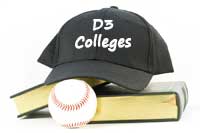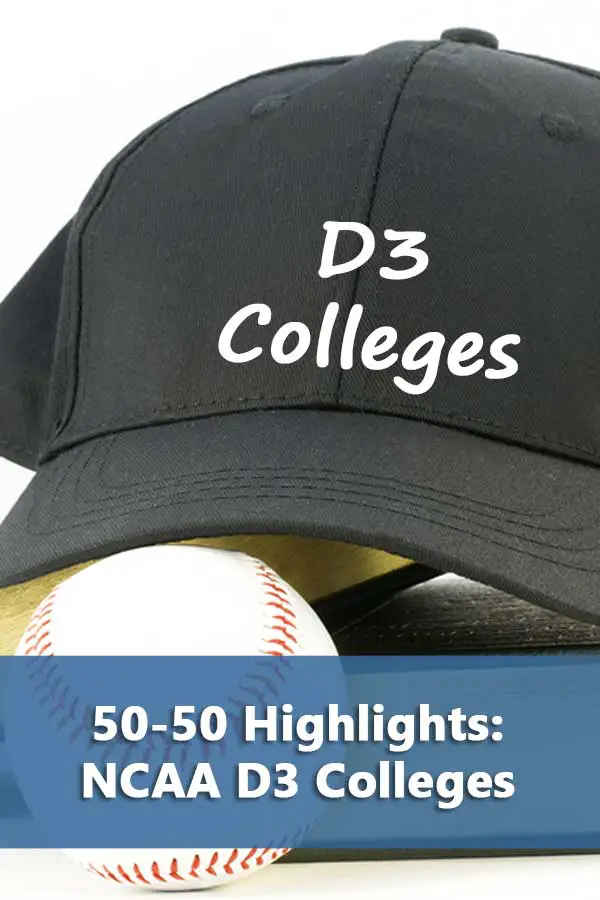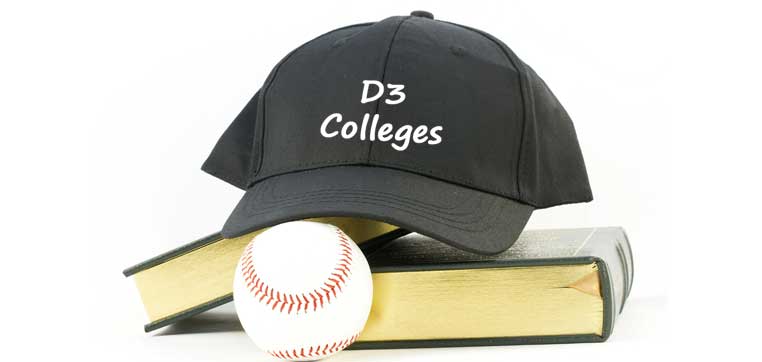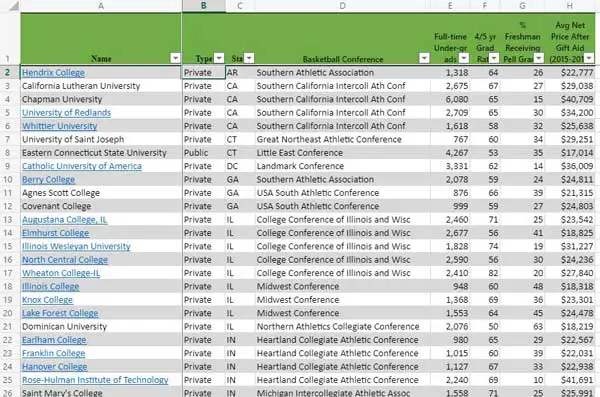 When high school athletes and their families start looking at colleges, it often comes as a surprise to many that the largest NCAA division, D3, doesn’t offer athletic scholarships. Students may receive academic scholarships and financial aid but no scholarship for participating in collegiate athletics.
When high school athletes and their families start looking at colleges, it often comes as a surprise to many that the largest NCAA division, D3, doesn’t offer athletic scholarships. Students may receive academic scholarships and financial aid but no scholarship for participating in collegiate athletics.
Join other parents in the Coffee Cup College Planning Facebook Group
The philosophy behind D3 athletics is that the focus is on the student part of the student-athletes. According the NCAA:
The division minimizes the conflicts between athletics and academics and helps student-athletes progress toward graduation through shorter practice and playing seasons and regional competition that reduces time away from academic studies. Participants are integrated on campus and treated like all other members of the student body, keeping them focused on being a student first.
Many D3 schools ban athletic practices during certain periods of the day to ensure students have access to labs and regular meal times. D3 athletes are also more likely to participate in more than one sport on campus.
As high school athletes start the college recruiting process, they’ll hear some version of “in college you can do academics, socialize, and athletics but you only have time for two.” D3 Colleges offers the possibility of doing all three.
D3 Athletes are “Real” Athletes
However, D3 athletes can still expect to put in a significant amount of time for their sport. The NCAA Goals Study shows most D3 athletes spending an average of 30 hours a week on their sport in-season. Regardless of the conference rules for organized off-season activities, athletes can expect to spend a significant amount of time working-out and participating in team captain led activities.
There are more D3 colleges on the 50-50 list than any other division. Among 50-50 schools, there are 183 D3 colleges in 41 conferences. The Midwest Conference, Minnesota Intercollegiate, and Northwest Conference all had 8 50-50 schools each. Pennsylvania had the most D3 50-50 schools with 27, followed by New York with 21 and Massachusetts with 18. A total of 21 states didn’t have any D3 50-50 schools.
The following table lists the D3 50-50 schools and their basketball conference. Schools may compete in different conference depending on the sport. Since many schools don’t compete in football, I choose to use the basketball conference. As usual, the four-year graduation rate is used for private schools and the five-year rate is used for public schools.
50-50 NCAA D3 Colleges with Graduation Rates
CONNECT WITH OTHER PARENTS PLANNING FOR COLLEGE
JOIN THE COFFEE CUP COLLEGE PLANNING FACEBOOK GROUP



